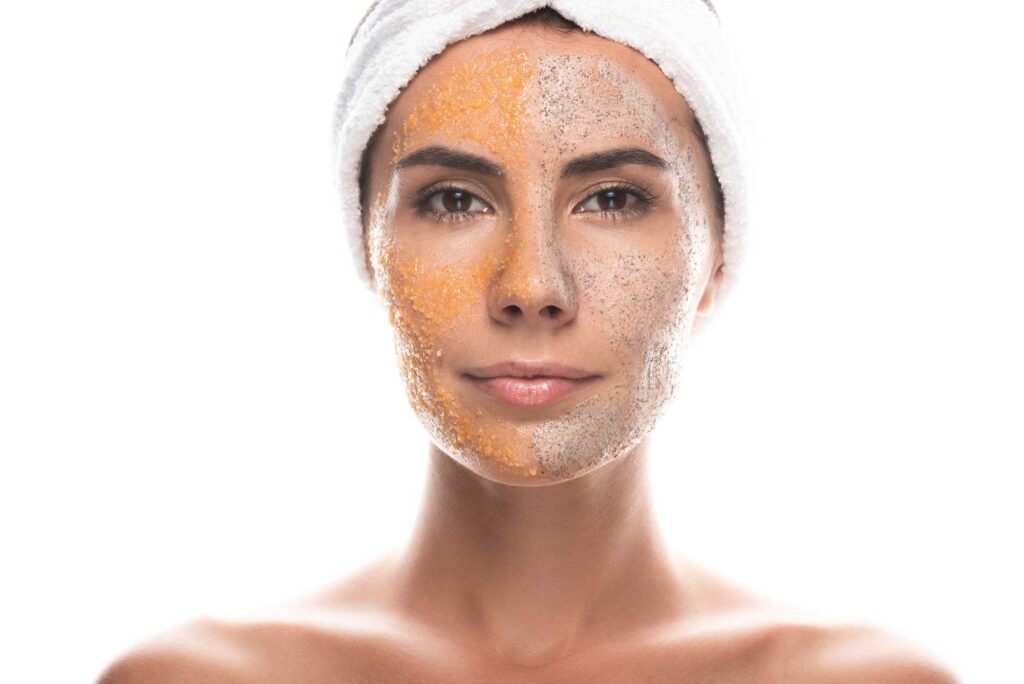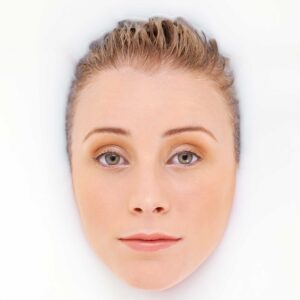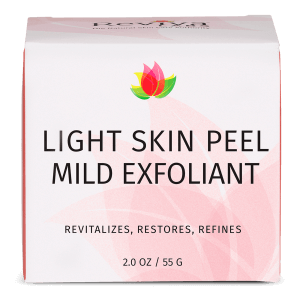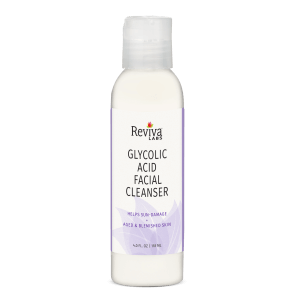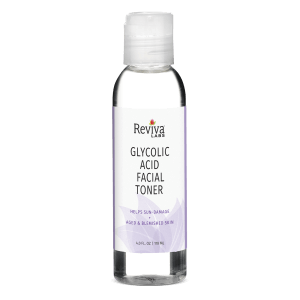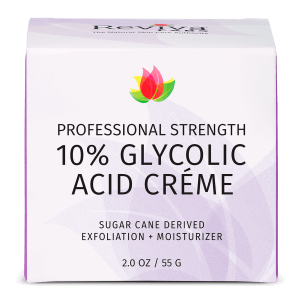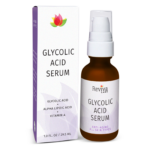Ingredients, Natural, Skin Care
The Skin-Transforming Benefits of Mandelic Acid
Most people are familiar with popular alpha hydroxy acids (AHAs) like glycolic and lactic acid, but mandelic acid remains an unsung hero in the world of skincare. Whether your goal is to brighten, smooth, or clear your complexion, this powerhouse ingredient delivers impressive results with minimal irritation. Unlike some other chemical exfoliants that work aggressively, mandelic acid is slow-absorbing and works in harmony with your skin, making it ideal for a wide range of concerns.
What Is Mandelic Acid?
Mandelic acid is an AHA derived from bitter almonds, but don’t let its origin fool you—it’s one of the most skin-friendly acids available. Its larger molecular structure means it penetrates the skin more slowly than other AHAs, making it significantly less irritating. This makes it a standout option for those with sensitive skin or conditions like rosacea. But its benefits go beyond just exfoliation.

Why Mandelic Acid Is a Game Changer for Your Skin
Unlike other acids that tend to work best for one or two concerns, mandelic acid is a multitasking powerhouse. It addresses uneven skin tone, acne, fine lines, and even dullness, all while maintaining your skin’s natural moisture balance.
Gently Exfoliates Without Irritation
If you’ve ever used an exfoliant that left your skin red, dry, or peeling, you know the frustration of over-exfoliation. Mandelic acid is different. Its slow absorption allows for effective exfoliation without disrupting your skin barrier. It dissolves the bonds between dead skin cells, encouraging them to shed naturally. The result? A refreshed, smoother, and more even complexion without the irritation that stronger acids can cause.
Those with sensitive skin or who are new to chemical exfoliants can use mandelic acid without worrying about excessive dryness or redness.
Brightens Dark Spots and Hyperpigmentation
Uneven skin tone and lingering blemish marks are some of the most common skincare complaints. Mandelic acid helps fade dark spots, melasma, and post-inflammatory hyperpigmentation by speeding up skin cell turnover. Unlike harsher brightening ingredients that can trigger irritation, mandelic acid works gradually, making it a gentler option for people prone to pigmentation issues.
Studies have shown that mandelic acid can help reduce hyperpigmentation just as effectively as hydroquinone, but without the risks of sensitivity or long-term damage.
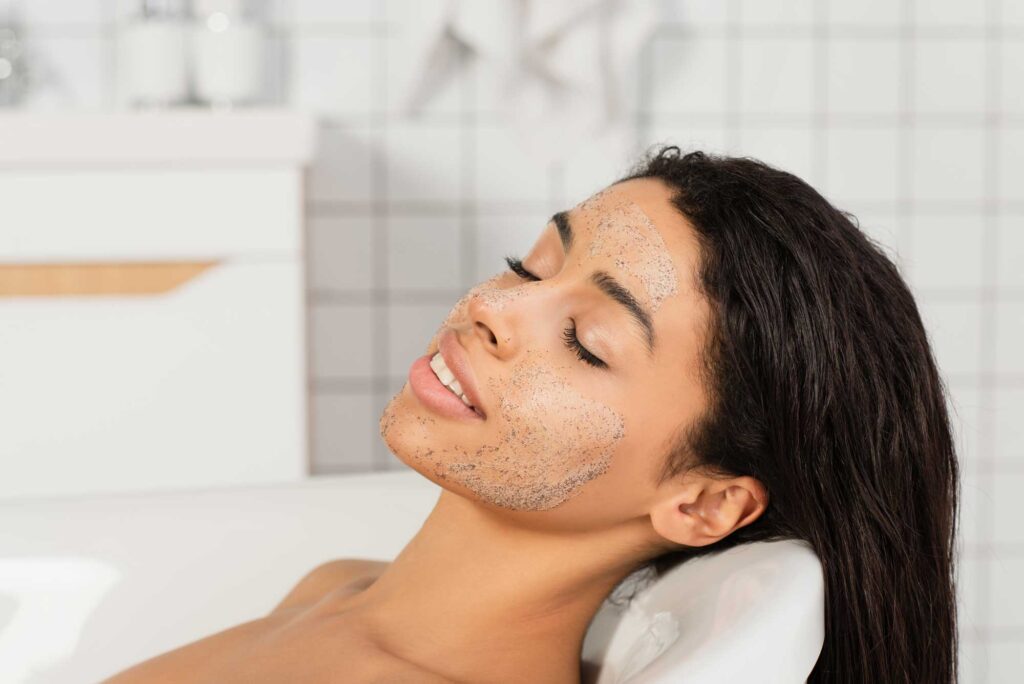
Keeps Acne Under Control
Acne isn’t just about clogged pores—it’s often linked to bacteria, inflammation, and excessive oil production. Mandelic acid targets all three. It has natural antibacterial properties, helping to reduce acne-causing bacteria on the skin. At the same time, its exfoliating action clears out congested pores and prevents new breakouts.
For those struggling with cystic acne, blackheads, or whiteheads, mandelic acid can be a game-changer. Unlike benzoyl peroxide or salicylic acid, which can be drying and irritating, mandelic acid treats acne while keeping the skin balanced and hydrated.
Reduces Fine Lines and Improves Skin Texture
Aging skin often becomes dull, rough, and uneven in texture. Mandelic acid stimulates collagen production, which helps improve elasticity and reduce the appearance of fine lines and wrinkles. Since it works by promoting gentle exfoliation and cell renewal, skin looks plumper, smoother, and more youthful over time.
Many anti-aging treatments rely on strong ingredients that cause peeling or irritation, but mandelic acid offers gradual, long-term improvements without these drawbacks.
Works for All Skin Types
Unlike some acids that are best suited for specific skin types, mandelic acid is one of the most versatile AHAs. It’s gentle enough for sensitive skin, effective for acne-prone complexions, and powerful enough to provide anti-aging benefits.
Even those with dry or combination skin can use mandelic acid without fear of excessive dryness. Unlike glycolic acid, which can sometimes leave the skin feeling stripped, mandelic acid helps retain moisture while still delivering exfoliation.
Frequently Asked Questions
Can I use mandelic acid every day?
Yes, but it depends on your skin type. Those with resilient, oily skin can use it daily, while people with sensitive or dry skin may want to start with 2-3 times per week and gradually increase.
Does mandelic acid cause purging?
Some people may experience a short purging period when first using mandelic acid. This happens because the acid speeds up cell turnover, bringing underlying congestion to the surface. This effect usually lasts a few weeks before the skin clears up.
Is mandelic acid safe for pregnancy?
Many dermatologists consider mandelic acid a safer exfoliation option during pregnancy, but it’s always best to consult a doctor before adding any new ingredient to your routine.
How long does it take to see results?
Most people notice an improvement in skin texture and brightness within a few weeks. For deeper concerns like hyperpigmentation or fine lines, more significant changes typically appear after 6-8 weeks of consistent use.
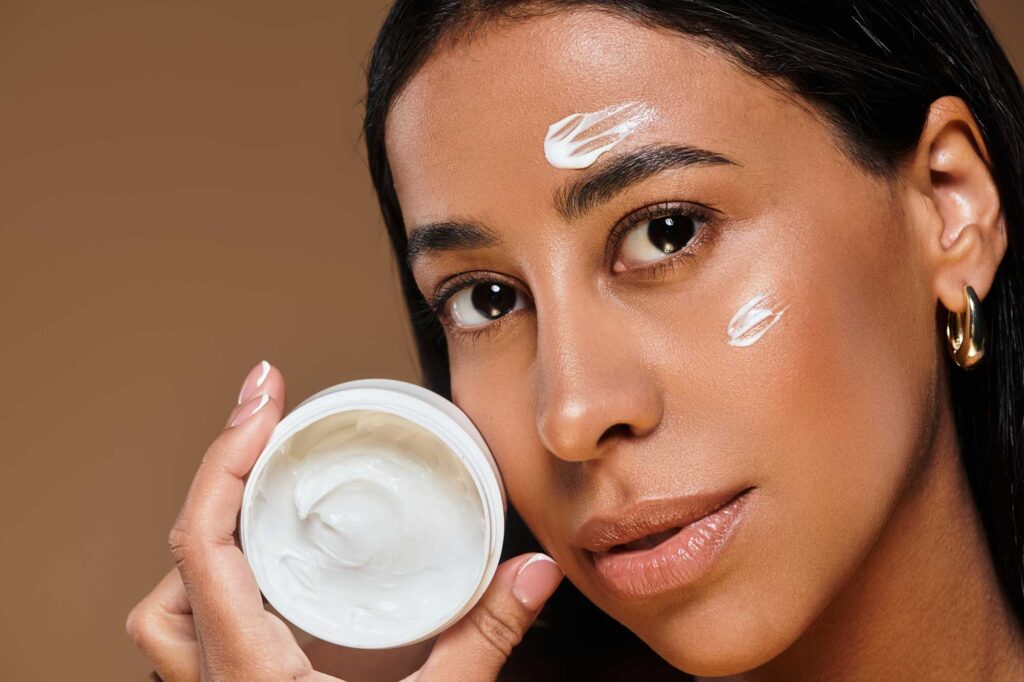
How to Incorporate Mandelic Acid into Your Routine
Adding mandelic acid to your regimen is simple, but layering it correctly ensures you get the best results.
- Cleansing: Use a gentle, non-stripping cleanser before applying mandelic acid to clean skin.
- Application: Start with a serum or toner that contains mandelic acid, applying it after cleansing and before moisturizer.
- Moisturizing: Follow with a hydrating cream to keep your skin barrier strong.
- Sun Protection: Since exfoliation makes skin more sensitive to the sun, always wear SPF 30 or higher during the day.
If you already use other active ingredients like retinol, vitamin C, or niacinamide, be mindful of potential interactions. Mandelic acid pairs well with hydrating and soothing ingredients but should be introduced slowly alongside stronger actives.
The Mandelic Acid Takeaway
Mandelic acid is one of the most well-rounded ingredients in skincare. It brightens, exfoliates, fights acne, and improves texture—all without the irritation that stronger acids can cause. Whether your skin is oily, dry, sensitive, or aging, this gentle AHA has something to offer.
If you’ve been hesitant to try chemical exfoliants due to sensitivity, mandelic acid is a perfect place to start. With consistent use, you’ll see a brighter, smoother, and healthier complexion.



